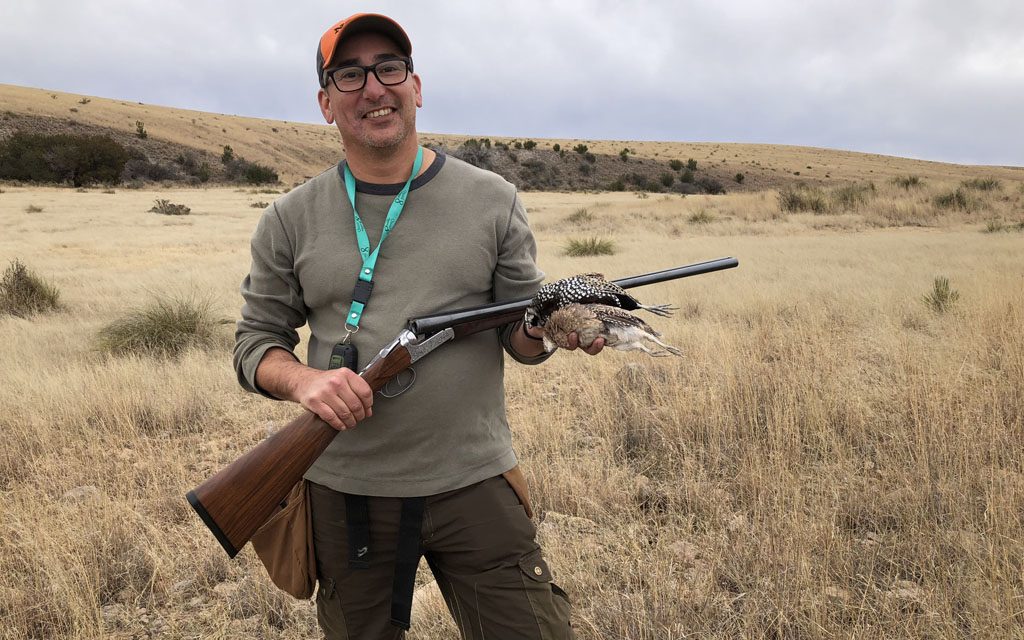by John Jefferson
I heard Robert Perez, TPWD’s program leader for upland game birds, speak last week on quail. Actually, it is more accurate to say he spoke on quails – plural – meaning all four species on Texas
We have four quail species in Texas?
Right. Most people know we have bobwhites – northern bobwhites, actually. Many have seen or heard bobs and their familiar “bob- WHITE!” call. If you’ll whistle it with a soft “bob” and a shrill “WHITE,” you’ll come close to what it sounds like. Do it enough and well and you might even call up yours or your neighbor’s cat. Feral cats are one of the worst offending predators of birds, and especially of quail.
I saw quail authority, Dr. Dale Rollins, Ph.D., at a recent Texas Wildlife Association Convention demonstrate his authentic imitation of bobwhites. A young lady had some caged quail in a demonstration booth and as she held one with both hands, Rollins let out a series of bob-white whistles. The bird replied each time Dale called.
In the brush, I’ve seen other hunters call back up quail that “busted” the covey when a hunting dog charged the covey on command to put the birds in the air. Those quail were rightly fooled, but the one the young lady held was nowhere quail habitat.
Back to the four species, bobwhites are found in about two-thirds of the state – only far West Texas is lacking bobs. But only three ecoregions are considered the top hunting areas: South Texas, the Rolling Plains and the High Plains. Although survey counts are below the all-time average, they are up from last year. In the Rolling Plains, Runnels County (Ballinger) looks good. According to Perez, the hunting gets better the father north you go.
In South Texas, surveys showed the benefits of good rains and below average temperatures, leading to an above-average hunting forecast. But Dimmit, La Salle, Webb and Jim Hogg counties were dryer – especially from Freer to Zapata.
Inadequate nesting cover is the major limiting factor. Larger tracts of habitat are desirable. Average covey size is 10-15 birds, and the average annual mortality of bobs from all sources is 80%.
Most people know that South Texas and West Texas have scaled quail, also known as blue quail. Covey sizes range between 25 – 100 birds. Lack of nesting cover also limits blues in all three regions: South Texas, the Rolling Plains and High Plains. Hens can nest several times. Most of the area was dry during the spring, limiting production, except for the parts of South Texas that received rain. Hunting will be limited to those areas.
Gambel’s quail are found in far West Texas in limited numbers. They prefer warm desert with thorn brush nesting cover. I accompanied a hunter in Hudspeth County recently and saw two small coveys. They are legal during the quail season (now-Feb. 23) and count in the 15-bird bag limit.
A few Montezuma quail exist in the Big Bend area, but there is no open season for them.
JJ




